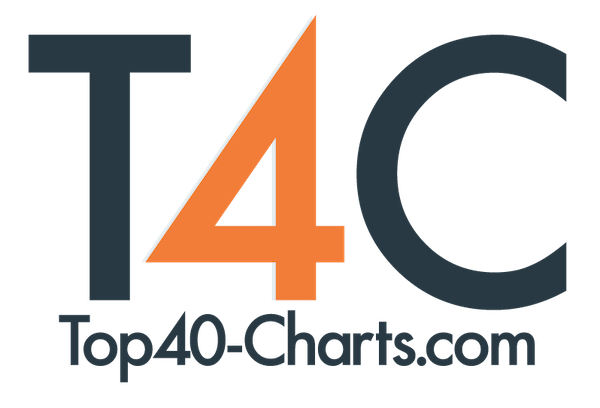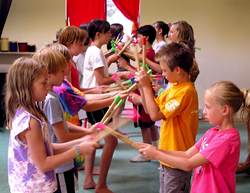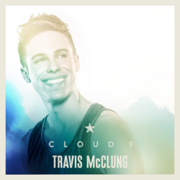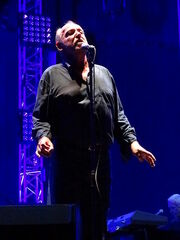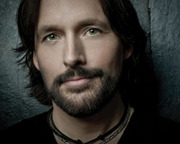New York, NY (Top40 Charts) Songs To Educate contributes to the rising movement in arts integration by reimagining music education from an unconventional point of view. In the 2014 Fall school year, educators were all abuzz with Arts Integration, and Songs To Educate responds in step.
Songs To Educate challenges music educators to reimagine music education from this visionary perspective.
Songs To Educate is an arts integrated education resource which focuses in the media of thematic song and movement arts. All of the organization's original music comes from Talking Hands Talking Feet, born of a philosophy of music education which springs from experiential knowledge of the primordial roots of music. In 2015, Songs To Educate challenges music educators to reimagine music education from this visionary perspective.
"Parents often ask us," says co-founder Paul Andrew Zeir, "When is it appropriate to start music lessons for our child? Our answer to that is 'They've already started!
Music has been pulsing through your child since the moment their teeny little microscopic hearts started ticking away in mommy's womb!'"
Music instruction begins in the highly conductive watery amphitheater of mother's womb. It begins with the rhythmic water drum of the mother's heart. It is there, in that plasma-like star chamber of creation, that the baby is immersed in its first music lessons!
Music is truly one of the natural wonders of the world. It is a language itself, as natural and organic as spoken language, yet transcending boundaries that confine spoken language.
Music is a language of the inner life, a language of feeling and soul.
Music has been shown to stimulate a flood of neural growth in the brain. It helps develop spatial intelligence, linguistic dexterity, inductive reasoning, creativity and confidence. A whole minded approach to music thickens the flow between brain hemispheres.
"Young people come to us who are moved by music, rhythm, dance and song," muses Zeir. "We meet that passion with a mutual love, wonder and respect. You don't then shape that beautiful, raw, unbridled creative energy into some pre-established form! We are not Bonsai trees!"
Zeir continues, "Like many children, I grew up in an environment saturated in music, all kinds of music and singing. And like a lot of young children I took piano lessons and learned theory and notation at an early age. The real 'music intelligence' however, did not come from the lessons as a first principle. The lessons provided music tools and skill. Classic western music education provides specific tools for greater versatility of expression. But the actual musical intelligence comes from something else."
That's where Talking Hands Talking Feet music education begins.
Music intelligence is not something taught directly. Yet it is totally and naturally transferable.
Music is a potent universal form of expression and connection. It is as natural as walking and talking. The first principle in a music education is to provide a wide array of wonderful tools that allow versatile music expression whilst exploring what the music connects to, how it affects us, what it does.
What is music for?
There are so many levels and layers to music. Like spoken language, all art including music, rhythm and song can connect to a whole spectrum of expression.
Music can spark a social revolution or evoke the deepest of romantic feelings.
Music can be a source of strength and solidarity or a conveyer of the essence of hope, belief or honor.
Music can touch and even heal the inner life or reach for the star-fields of human yearning.
Some music uplifts, some settles and balances; some music is contemplative, some is superficial sugar coated ego; some music leaves you feeling dispersed or inspired or angry; some energizes and causes focus.
Music can be green and yellow or turquoise, or pink.....Color and music go hand in hand.
Yes, where there is sound, there is always color.
Music can be used as medicine. There is a rich legacy of "sound therapies" still intact in some indigenous cultures, employing sound, rhythm, music and song to assist in healing the human psyche.
Talking Hands Talking Feet music education is deeply rooted in many of the principles expressed here.
"Children who engage in this methodology receive a rare kind of music instruction," explains Paul Zeir. "It's all about helping young lives access their natural intelligences through a range of vibrant expressive arts. They get essential music fundamentals as a secondary benefit. The driving force behind music in the world is to do with connection and communication... Our job is to pass on enhanced music making tools as a potent media of service into the world....a different kind of music education!"
